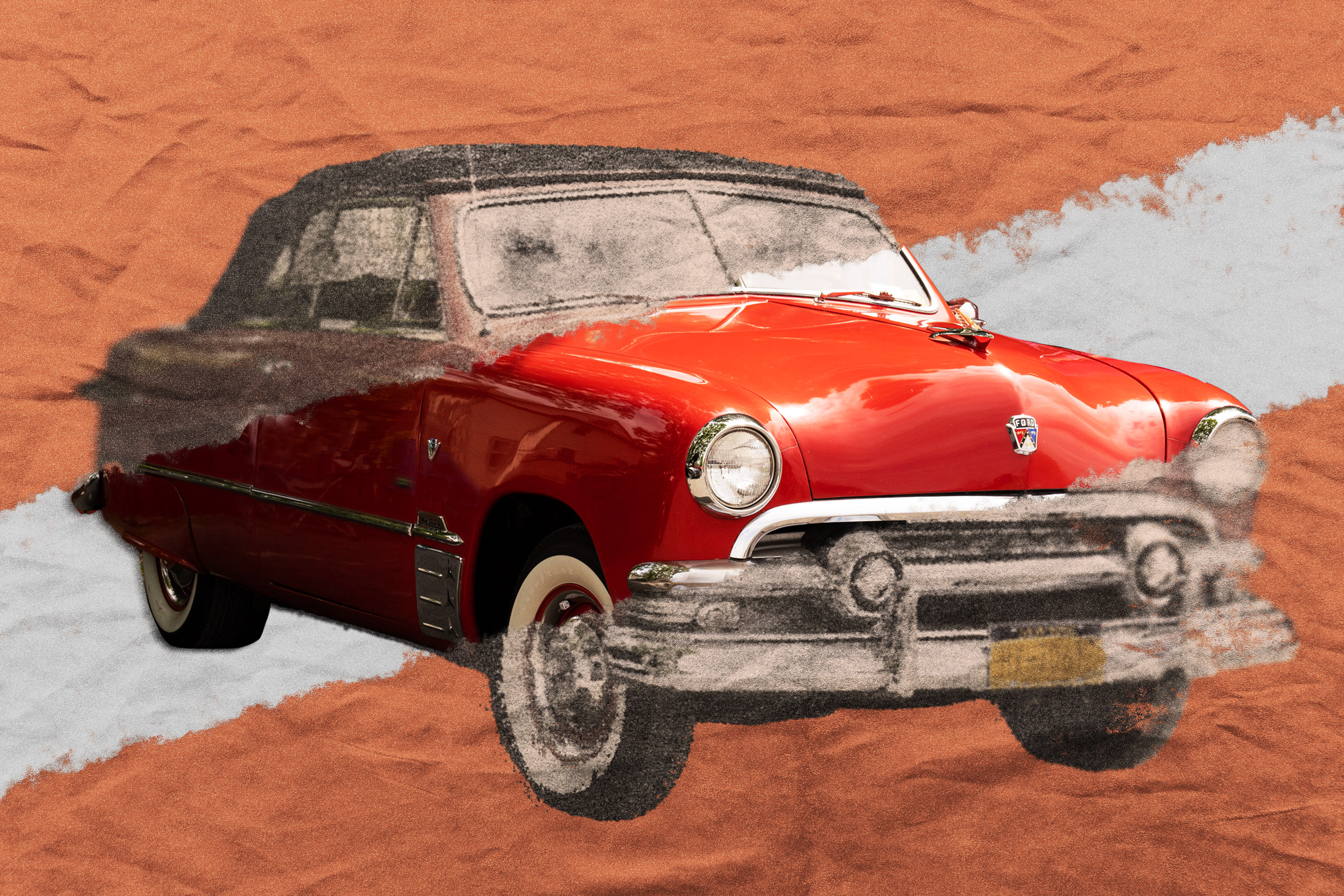You don’t have to be the proud owner of a vintage Rolls Royce, perfectly restored to concours award-winning condition, to experience the pleasures of a like-new, well-maintained car—gleaming paint, spotless upholstery, no nicks, scratches, or smudges. Any car owner can learn a thing or two from the experts who specialize in restoring and maintaining such rare and valuable cars, such as Jeff Brekke of Lloyd’s Auto Restoration in Bartow, Florida.
“We have been restoring cars since 1984, with several going on to win concours honors,” Mr. Brekke said, referring to the prestigious events where classic vehicles are judged for their style, history, and the accuracy of their preservation or restoration, with the best of the best receiving top honors. Two of the firm’s more notable projects include a complete restoration of a 1956 Continental Mark II car owned by Henry Ford and the restoration of Howard Hughes’s first Rolls Royce, a 1925 Rolls Piccadilly Roadster.










